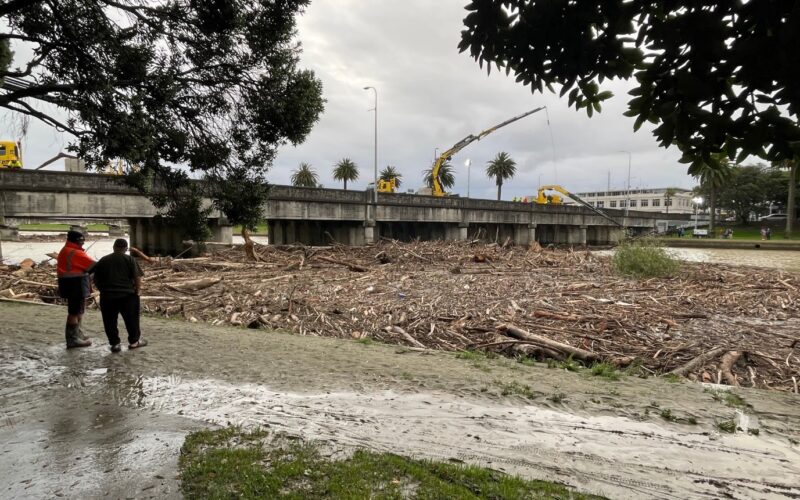Frustration and despair at yet another pasting from forestry waste wiping out crops, pasture and communities has Te Tairāwhiti locals pushing back at forestry and their local council to deliver answers to what has become a perennial issue on the coast.
The anger is shared between iwi and European landowners alike, with Federated Farmers board member Toby Williams likening the pressure to that faced by dairying over a decade ago when it was compelled to address its environmental impact.
The breaking announcement this week of a review of forestry and land use practices in Te Tairāwhiti has gone some way to ease locals’ anger.
However, Williams said the devil will remain in the detail of the review’s scope, and there is a need to keep it as independent as possible, and focus on all land uses.
There is acceptance among Te Tairāwhiti communities that forestry needs to continue to play a key role in a region where land uses are limited, and 80% of land is prone to erosion.
Williams said there are areas in the region that should not be farmed any more due to erosion risk, just as there are forest areas that should not be harvested.
“Farming, forestry and horticulture all need to function in a way that is not doing damage,” he said.
“This will be less of an inquiry and more a review that involves everyone.”
He cautioned that it will need a strong, independent head from outside the region chairing it to ensure partisan interests do not dominate.
Since the devastating 2018 Tolaga Bay flood damage, communities have had another three major events, including the latest in January that wiped out up to 80% of some landowners’ maize and sweetcorn crops around Tolaga Bay.
Forestry companies have been praised for their rapid response to the latest event, offering manpower and equipment to help clean up the mess in Tolaga Bay and on Gisborne city beaches.
However, AgFirst consultant Peter Andrew said that, as welcome as this was, it was little comfort to the likes of himself and others having to help client landowners manage the ongoing losses resulting from crop damage and repeated property repairs.
“We accept sediment-based erosion is part of farming in this region with vulnerable soils, but the addition of logs on top of that make it much worse,” he said.






